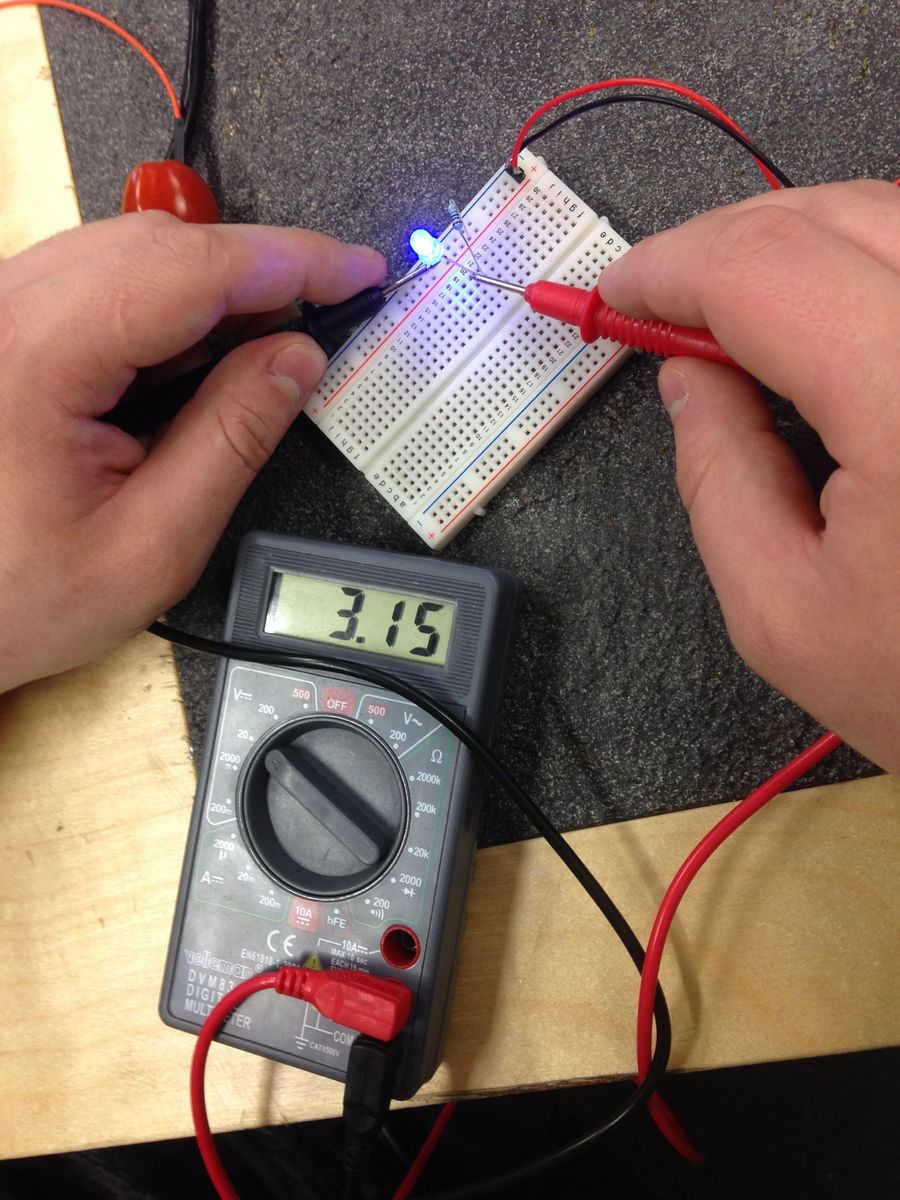Difference between revisions of "User:Pascalle/NOTES"
| Line 2: | Line 2: | ||
== PROCESS == | == PROCESS == | ||
For the past few weeks I have worked on a vase. I started by beginning to learn a new skill, plaster turning, which is when a cylinder of plaster is poured onto a electric turning wheel. By means of different parting tools, small ridges are made into the cylinder, then with a rounded chisel like tool, the ridges are smoothed out. A shape is formed. The shapes are typically round and obviously symmetric. The shape I created was turned upside down as it were, in order to form the rounded bottom. Fascinated by this shape, I made a mold out of it, and from that I have made multiple porcelain examples. The vases look heavy but are lighter than expected. The bone white of the porcelain gives the vases a very clean, idealistic, balanced and appeasing look. The vases with lasercuts on them have a machine made uniqueness to them. | For the past few weeks I have worked on a vase. I started by beginning to learn a new skill, plaster turning, which is when a cylinder of plaster is poured onto a electric turning wheel. By means of different parting tools, small ridges are made into the cylinder, then with a rounded chisel like tool, the ridges are smoothed out. A shape is formed. The shapes are typically round and obviously symmetric. The shape I created was turned upside down as it were, in order to form the rounded bottom. Fascinated by this shape, I made a mold out of it, and from that I have made multiple porcelain examples. The vases look heavy but are lighter than expected. The bone white of the porcelain gives the vases a very clean, idealistic, balanced and appeasing look. The vases with lasercuts on them have a machine made uniqueness to them. | ||
| − | |||
| − | |||
| − | |||
[[File:Example.jpg]] | [[File:Example.jpg]] | ||
Revision as of 10:11, 23 April 2015
PROCESS
For the past few weeks I have worked on a vase. I started by beginning to learn a new skill, plaster turning, which is when a cylinder of plaster is poured onto a electric turning wheel. By means of different parting tools, small ridges are made into the cylinder, then with a rounded chisel like tool, the ridges are smoothed out. A shape is formed. The shapes are typically round and obviously symmetric. The shape I created was turned upside down as it were, in order to form the rounded bottom. Fascinated by this shape, I made a mold out of it, and from that I have made multiple porcelain examples. The vases look heavy but are lighter than expected. The bone white of the porcelain gives the vases a very clean, idealistic, balanced and appeasing look. The vases with lasercuts on them have a machine made uniqueness to them.
